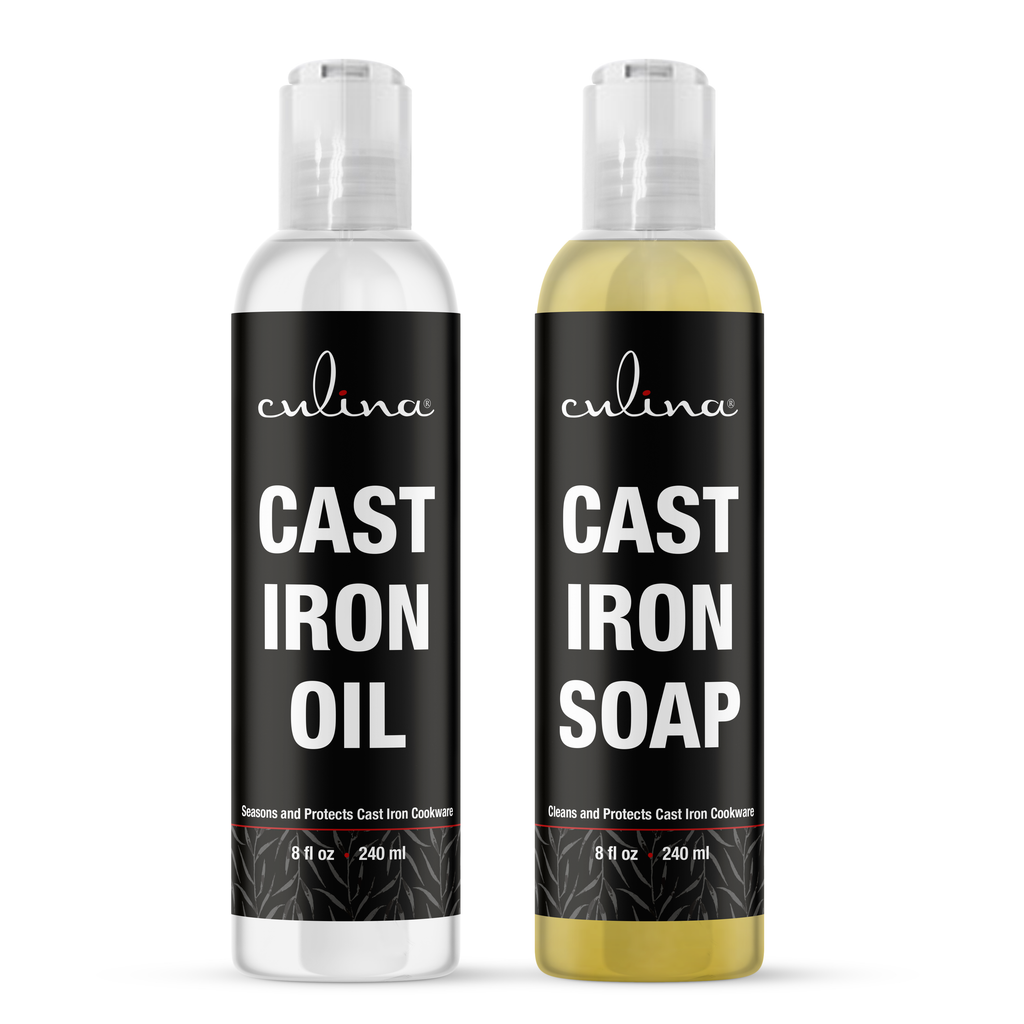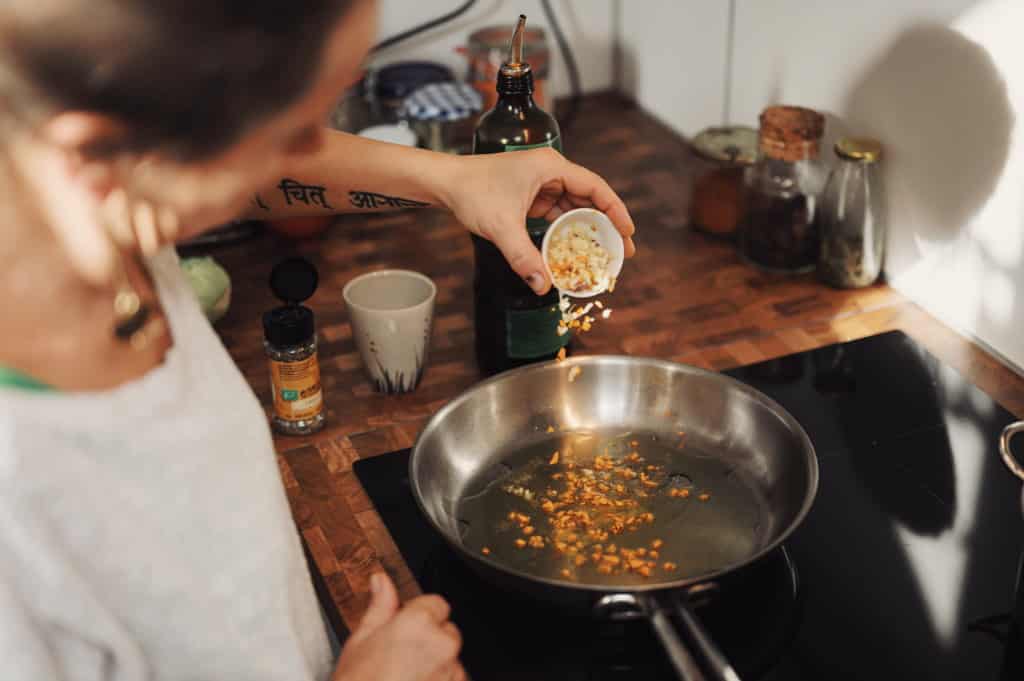How is Sunflower Oil Made: From Seed to Sensation?
How is sunflower oil made? This question not only intrigues culinary enthusiasts but also captivates beauticians who appreciate the benefits of natural oils. Sunflower oil, derived from the seeds of the Helianthus annuus plant, is a staple in beauty regimens and offers a myriad of skin-care advantages. Understanding its production process can enhance our appreciation of this versatile oil.
In this article, we'll delve into the making of sunflower oil, exploring everything from the harvesting of sunflower seeds to the oil extraction methods employed in the industry. Lets unlock the mysteries surrounding this golden liquid that beauticians utilize in various products.

The Journey of Sunflower Oil Production
The journey of sunflower oil begins in vast fields filled with sunflowers, characterized by their tall stature and vibrant yellow petals. The production process primarily involves three key stages: cultivation, harvesting, and extraction.
Cultivation of Sunflowers
Sunflower seeds require a warm climate, well-drained soil, and plenty of sunlight for optimal growth. Farmers plant the seeds in rows, ensuring adequate spacing to allow the plants to thrive. Regular irrigation and fertilization help maximize yield, leading to bountiful sunflower harvests. The plants typically bloom in mid-summer, showcasing their stunning flowers.
Harvesting Sunflower Seeds
Once the sunflowers have maturedusually in late summer to early fallit's time for harvesting. Large farm machinery called combines are employed to cut the sunflower heads and separate the seeds from the flower. It is crucial to harvest at the right time; too early or too late can drastically affect the oil content and seed quality.
Extracting Oil from Sunflower Seeds
After harvesting, the seeds undergo processing to extract the oil, which can be done using several methods:
- Mechanical Extraction: Seeds are cleaned and heated before being pressed in a mechanical expeller. This method retains most of the oil's natural properties.
- Solvent Extraction: This technique involves treating the seeds with a solvent, typically hexane, to dissolve the oil. The solvent is subsequently evaporated, leaving behind pure oil. This method increases oil yield but may strip some nutrients.
- Cold Pressing: A gentler method that involves pressing the seeds at low temperatures, preserving most of the nutrients. This is often favored for health and beauty products.

Benefits of Sunflower Oil in Beauty
Sunflower oil isnt just a cooking ingredient; its a powerhouse in skincare as well. Here are a few benefits that make it popular among beauticians:
- Rich in Vitamins: Sunflower oil is loaded with vitamin E, a vital antioxidant that helps to protect skin cells from damage.
- Non-Comedogenic: Its lightweight nature means it wont clog pores, making it ideal for various skin types.
- Hydration: Sunflower oil is excellent for moisturizing the skin, helping to maintain a healthy glow.

Sunflower Oil in Hair Care
Many beauticians also advocate the use of sunflower oil in hair care. Its fatty acids nourish hair, making it shinier and more manageable. Additionally, it can help soothe a dry scalp and combat dandruff, providing holistic benefits for hair health.
How to Use Sunflower Oil
Integrating sunflower oil into your beauty regime is simple. Here are some easy applications:
- Facial Moisturizer: Apply a few drops on your face after cleansing to lock in moisture.
- Hair Treatment: Use sunflower oil as a pre-wash treatment to enhance shine and prevent damage.
- Body Oil: Mix sunflower oil with essential oils for a luxurious massage experience.

Incorporating Sunflower Oil in Your Beauty Tips
Beauticians can further enhance their services by incorporating sunflower oil into their treatments. By creating natural, nourishing products, they can offer clients effective alternatives to synthetic lotions and creams.
For a detailed comparison between various oils, you can read about the difference between olive oil and others. Understanding the unique qualities of each oil helps beauticians make informed choices.
Environmental Impact of Sunflower Oil Production
When discussing how sunflower oil is made, its also essential to consider the environmental implications. Sustainable farming practices, such as crop rotation and reducing pesticide use, are vital for preserving soil health and water resources.
Beauticians, often at the forefront of the green beauty movement, can advocate for sourcing oils from brands committed to sustainable practices. This aligns with the growing demand for eco-friendly products among consumers.
Frequently Asked Questions
- What makes sunflower oil suitable for the skin? Sunflower oil is non-comedogenic, high in vitamin E, and provides excellent moisture retention.
- Can sunflower oil be used in cooking? Yes, sunflower oil is often used in cooking due to its high smoke point and light flavor.
- Is sunflower oil better than olive oil for skin care? Both have benefits; sunflower oil is lighter and absorbs quickly, making it suitable for various skin types.
By understanding how sunflower oil is made, beauticians can leverage its benefits in their products and services. Whether for skin or hair, this oil represents a natural solution for maintaining beauty and health.
For more insights on oil benefits, check out the health benefits of vegetable oil.
As an Amazon Associate, I earn from qualifying purchases.

